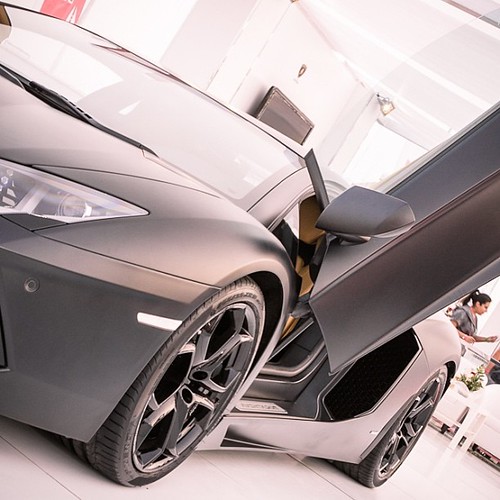
For countless car enthusiasts across the United States, the allure of personalizing a vehicle is almost irresistible. From subtle aesthetic tweaks to significant performance upgrades, modifying a car is a way to stamp one’s identity onto the open road, transforming a factory-standard machine into a unique expression of style and power. It’s a passion that drives innovation and fuels a vibrant aftermarket industry, promising endless possibilities for those looking to enhance their ride’s look, sound, or performance.
However, beneath the exciting veneer of customization lies a complex and often contradictory legal landscape. What might be perfectly acceptable in one state, or even one county, can lead to hefty fines, vehicle impoundment, or even jail time just a few miles down the road. This intricate web of regulations often has less to do with immediate safety concerns, as many might assume, and more to do with managing public nuisances like excessive noise and upholding crucial environmental standards related to emissions. The toughest states for vehicle modifiers, including Texas, New Jersey, California, Arizona, and New York, have enacted particularly stringent laws that can catch even the most seasoned enthusiast off guard.
Navigating these legal minefields is not just a recommendation; it’s an absolute necessity for anyone dreaming of tricking out their car. Ignorance of the law is no defense, and the consequences for seemingly simple alterations can be surprisingly severe. In this in-depth guide, we’ll delve into 15 common car customizations that are banned or heavily restricted in major US states, beginning with seven of the most frequently penalized modifications that could transform your dream build into a legal nightmare. Our aim is to equip you with the knowledge to pimp your ride responsibly, ensuring your modifications bring pride, not penalties.
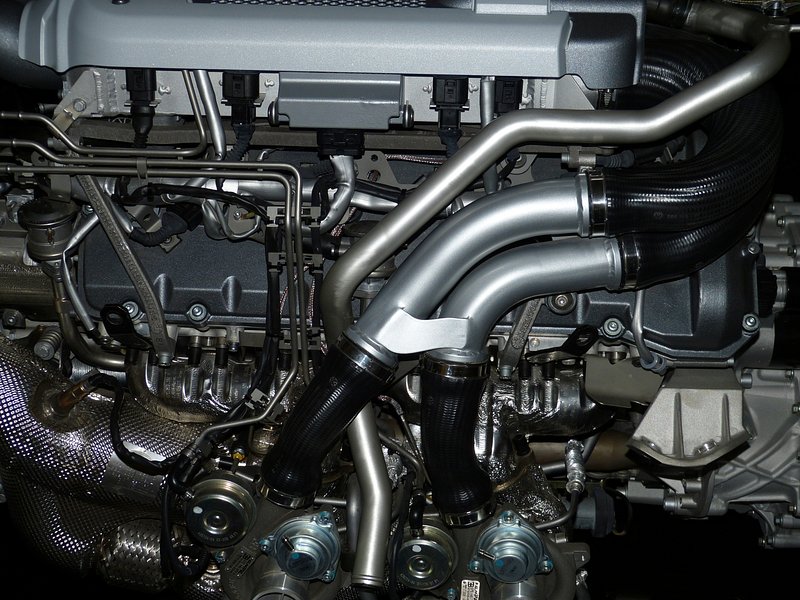
1. **Excessively Loud Exhausts & Audio Systems**Customizing vehicle sound through performance exhausts or high-fidelity audio systems is a popular pursuit for enthusiasts. However, this often clashes with state and local noise ordinances. Many jurisdictions view excessively loud vehicles as a public nuisance, leading to strict enforcement and substantial penalties.
Texas has a rigid stance: noise above 68 decibels from 15 feet away incurs fines from $50-$1,000 for first offenses, escalating to $2,000 for repeats. New Jersey prohibits modifications amplifying engine noise beyond factory levels; muffler bypasses or cut-outs are illegal, carrying a $500 fine, up to 30 days in jail, and local fines up to $3,000. These states clearly prioritize quiet roads.
New York City demonstrates intense noise enforcement. Drivers with illegal exhaust systems face $1,000 fines and 30 days jail. Noise-detecting cameras, active since 2023, activate above 85 decibels, capturing plates and issuing fines up to $3,000. These technological measures underscore the critical importance of adhering to noise regulations, especially in urban environments.
Read more about: The Hidden Costs of Customization: 15 DIY Truck Upgrades That Can Plummet Your Resale Value
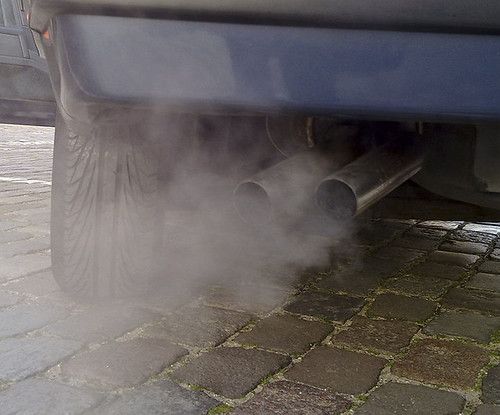
2. **Emissions System Tampering**Environmental regulations strictly govern vehicle emissions, and tampering with a car’s emissions system—by removing components or altering engine parameters—is severely penalized. It’s not just environmentally irresponsible but carries dire legal consequences, from substantial fines to criminal charges and even prison time. States like California and Arizona are leaders in enforcing these vital protections.
California is renowned for stringent emissions standards. Illegally modifying exhaust systems, installing unapproved turbochargers, or remapping engines to bypass controls can result in vehicle impoundment, a $1,000 fine, and criminal charges. Arizona classifies emissions system tampering as a Class 2 misdemeanor, punishable by up to four months in jail. Authorities view these actions as direct threats to environmental compliance and public health.
Federal regulations, via the Clean Air Act, mandate components like catalytic converters and diesel particulate filters. The EPA imposes significant fines on individuals and shops bypassing these. While New Jersey’s immediate legal consequences might seem less dramatic, it prohibits alterations increasing pollution or violating factory emission standards, reinforcing the nationwide commitment to meeting environmental benchmarks.
Read more about: Beyond the Factory Floor: Unpacking the Essential Insurance Policies for Your Custom Vehicle Upgrades
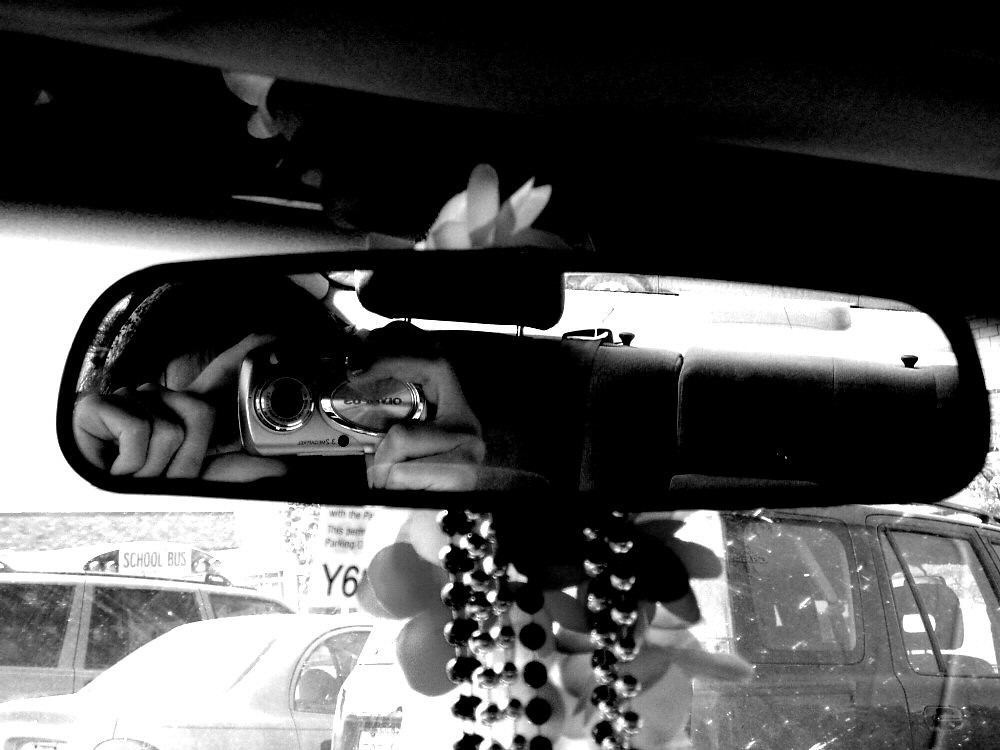
3. **Obscured Driver’s View (e.g., Fuzzy Dice, Decals)**Some surprisingly common legal pitfalls involve items that obstruct a driver’s clear line of sight. What appears to be a harmless personal touch, like an ornament from a rearview mirror or a decorative decal, can quickly become a legal liability in states prioritizing unobstructed visibility for safety. These seemingly trivial items can actually lead to citations.
New York, notoriously strict on modifications, exemplifies this. A fuzzy dice ornament or similar items hanging from the rearview mirror can lead to a citation if an officer believes it obstructs the driver’s view. This principle extends to oversized dashboard decorations or improperly placed stickers on windshields or side windows. The intent is simply to ensure drivers maintain an unhindered view of the road.
Laws prohibiting visual obstructions are widespread, rooted in safety. Even a small obstruction can block a critical detail—a pedestrian or traffic signal—potentially causing an accident. Car owners should critically assess anything impeding their line of sight, understanding that decorative items can be deemed safety hazards, leading to unnecessary legal trouble.
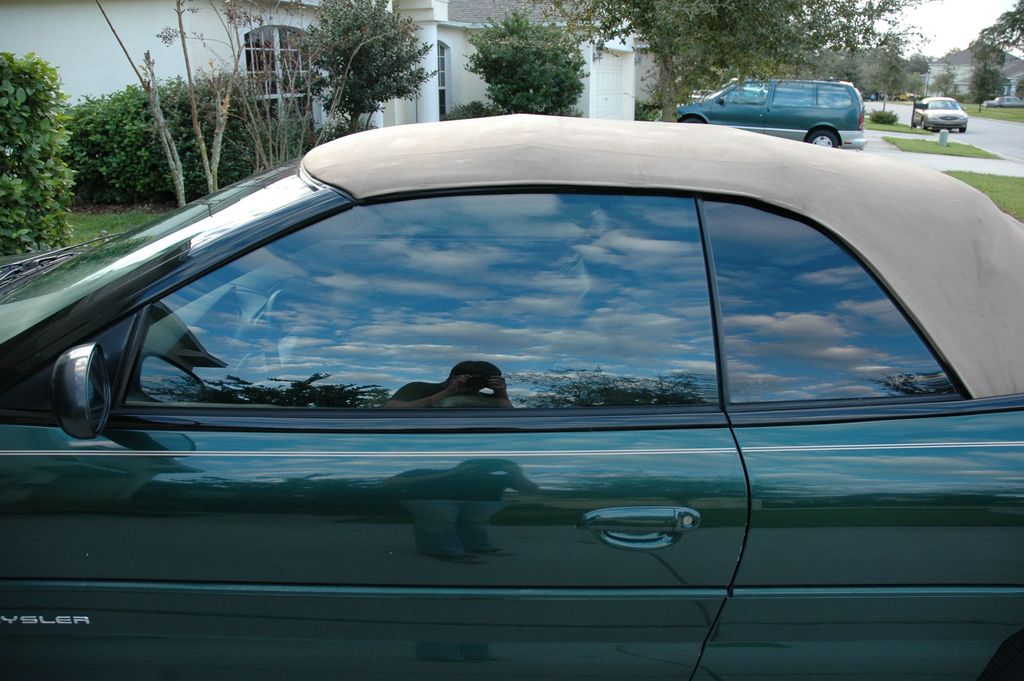
4. **Dark or Illegal Window Tints**Window tinting is a popular choice for privacy and aesthetics but is among the most highly regulated modifications. Laws vary significantly by state and specific window, and non-compliance can lead to immediate penalties ranging from fines and tint removal orders to vehicle impoundment.
New York strictly enforces tint laws. If tint is too dark, police can pull you over, issue a citation, and potentially impound your car, which may then be grounds for a broader search. California mandates over 70% light transmission through front windows. New Jersey prohibits any tint on the windshield and front windows, highlighting the need for careful research into specific state ordinances.
The primary rationale for tint laws is safety. Darker tints, especially on front windows, impair a driver’s visibility in low light or when checking mirrors, increasing accident risk. They also hinder law enforcement’s ability to identify occupants or observe behavior during traffic stops, posing an officer safety risk. Always verify your state and local regulations for tint percentages and placement before modifying.
Read more about: Don’t Get Stuck: The 14 Most Common Reasons Your Car Fails State Inspection (and How to Ace It)
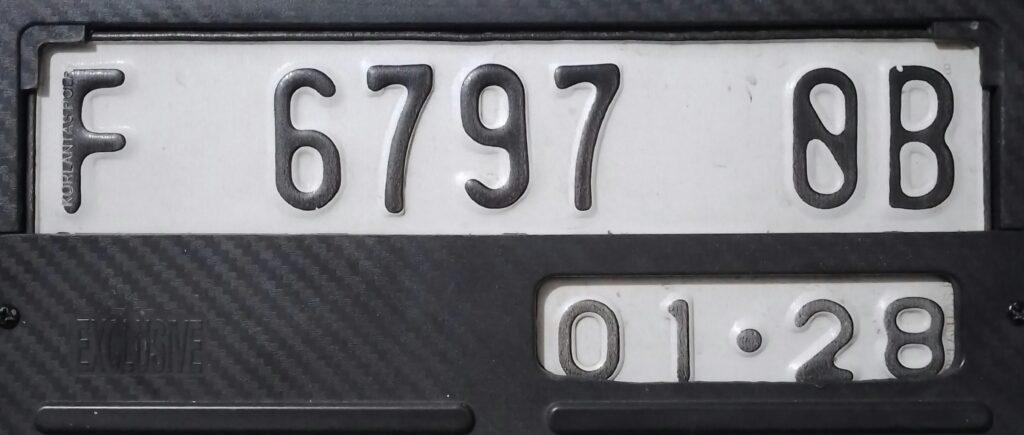
5. **Vehicle Identification Number (VIN) Tampering**The Vehicle Identification Number (VIN) is a car’s unique fingerprint, crucial for tracking its history, ownership, and safety recalls. Tampering with or removing this identifier is almost universally illegal and treated with extreme seriousness by law enforcement, often associated with illicit activities, and leading to severe penalties, including significant prison sentences.
Arizona imposes harsh consequences: altering or removing a vehicle’s VIN carries a possible sentence of two and a half years in prison. This reflects a zero-tolerance approach to any action compromising a vehicle’s official identity, as VINs are fundamental to preventing theft and fraud. This is a modification no car enthusiast should ever contemplate, given its disproportionately high risks.
The strictness of these laws stems from the VIN’s role in law enforcement and consumer protection. It aids in recovering stolen vehicles, tracking parts, and ensuring compliance with safety and emissions standards. Any attempt to obscure or change a VIN immediately signals potential involvement in serious crimes like vehicle theft or illegal re-registration, serving no legitimate purpose for a law-abiding owner.
Read more about: $50,000 Mistake: 14 Essential Rules to Master When Buying a Car Out of State

6. **Lights Resembling Emergency Vehicles**While custom lighting enhances aesthetics, certain colors and placements are strictly regulated due to their resemblance to emergency vehicles. Blue and red lights, in particular, are almost universally prohibited for private vehicles while driving, as these colors are reserved for law enforcement, fire, and emergency medical services. Misusing such lighting is confusing and dangerous for other drivers and can lead to significant legal trouble.
California provides a clear warning: drivers could face jail time if a modification makes a car appear too similar to a police vehicle, such as adding emergency lights. This highlights the seriousness with which authorities view impersonation or even accidental resemblance to official vehicles, as it creates confusion on the road and unpredictable, hazardous situations for other motorists and emergency responders.
This prohibition extends beyond dedicated emergency lights to other lighting, like underbody neon kits, if they emit blue or red light while the vehicle is in motion. The distinction hinges on whether lights are stationary (e.g., at car shows while parked) versus active while driving. These laws maintain clear road communication, ensuring drivers correctly identify emergency personnel without private vehicles mimicking official ones.
Read more about: Beyond the Hype: 10 Aftermarket Car Modifications You Should Strictly Avoid
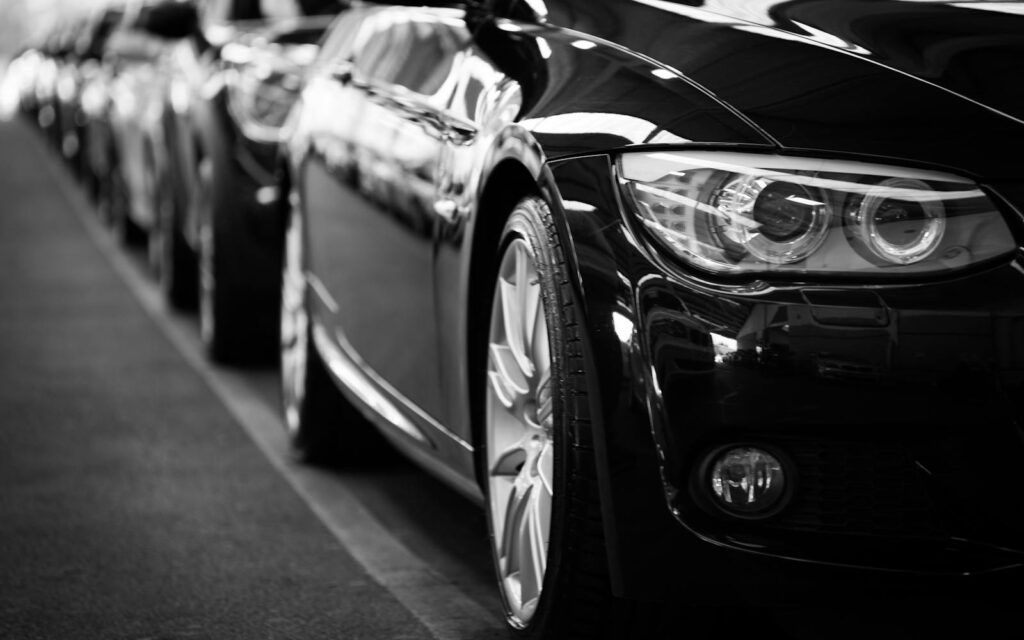
7. **Overpowered or Non-DOT Compliant Headlights**Headlights are vital safety components, illuminating the road without blinding oncoming traffic. Yet, enthusiasts often install aftermarket headlamps exceeding legal intensity limits or emitting non-compliant colors. This seemingly simple upgrade creates dangerous conditions for other motorists and is a frequent target for law enforcement, resulting in citations and mandatory replacements.
Federal regulations are explicit: only headlights emitting white or yellow light and meeting Department of Transportation (DOT) standards are permitted. Virginia and Pennsylvania actively issue citations for overly bright or miscolored lights, enforcing standards proactively. California limits headlamp power and restricts more than two auxiliary spotlights, aiming to minimize distraction and ensure road safety, as excessively bright or improperly aimed headlights significantly increase accident risk.
The prevalence of aftermarket LED and HID kits makes this issue common. While these technologies offer superior illumination, their installation must be done carefully to avoid exceeding legal lumen limits or creating improper beam patterns that scatter light excessively. Always verify that aftermarket parts are clearly marked as DOT compliant and installed correctly to prevent legal hassles and ensure safety for all road users.
Beyond the foundational regulations covered in the first part of our guide, the journey through vehicle customization laws reveals even more nuanced and often surprising restrictions. Many modifications, while seemingly innocuous or purely aesthetic, can carry severe penalties due to their impact on safety, road identification, or the general public good. From how your license plate is displayed to the intricate mechanics of suspension and the use of performance enhancers, knowing these often-overlooked rules is crucial for any enthusiast looking to responsibly modify their ride without running afoul of the law.

8. **Modified Number Plates**While seemingly a minor detail, ensuring your vehicle’s license plate remains fully visible, reflective, and unobstructed is a critical legal requirement across many US states. Authorities rely on clear registration information for identification, toll systems, and traffic cameras, making any impediment to readability a violation. Even seemingly benign decorative plate covers or frames can trigger fines and unwanted attention from law enforcement.
States like New York and Texas are particularly strict in their implementation of these rules, imposing penalties for violations. New Jersey takes a zero-tolerance stance towards any component that blocks license plate details, explicitly prohibiting plastic covers or decorative frames. These regulations are not just about aesthetics; they are fundamental to maintaining public order and facilitating efficient traffic management.
California echoes these prohibitions, making it illegal to use frames or covers that obscure any part of the license plate, including state mottos or renewal tags. This widespread enforcement underscores the importance of license plate integrity. Car owners should regularly inspect their plates to ensure they are clean, clearly visible, and free from any obstruction, avoiding unnecessary legal complications.
Read more about: 14 Unlikely Automotive Heroes: The Cars That Shocked Everyone and Redefined Success
9. **Lifted Trucks Beyond Legal Height**The appeal of a towering, lifted truck is undeniable for many enthusiasts, projecting an image of rugged capability and imposing presence. However, this popular modification introduces significant safety and regulatory concerns that numerous states address with specific height restrictions. Altering a vehicle’s suspension to achieve extreme lift can dramatically change its handling dynamics, compromise stability, and elevate the center of gravity, increasing accident risk.
Furthermore, overly lifted vehicles can interfere with proper headlight and bumper alignment, creating hazards for other motorists. Misaligned headlights can blind oncoming traffic, while bumpers that sit too high might bypass the impact zones of smaller passenger vehicles during a collision. These factors contribute to the strict enforcement of lift laws, which vary considerably by jurisdiction.
New Jersey, for instance, prohibits bumpers with less than 16 inches of ground clearance and bans front lift blocks outright, while also imposing a maximum vehicle height limit of 15 feet 6 inches. New York has similar laws regarding bumper and suspension modifications, emphasizing practical safety concerns. Vehicle owners dreaming of significant lifts must thoroughly research local laws to ensure their modifications comply with legal maximums and specific engineering requirements, often needing assessment or certification.
Read more about: Urban Gauntlet: Navigating the 14 Truck Configurations Restricted by Size and Weight in Major US City Centers
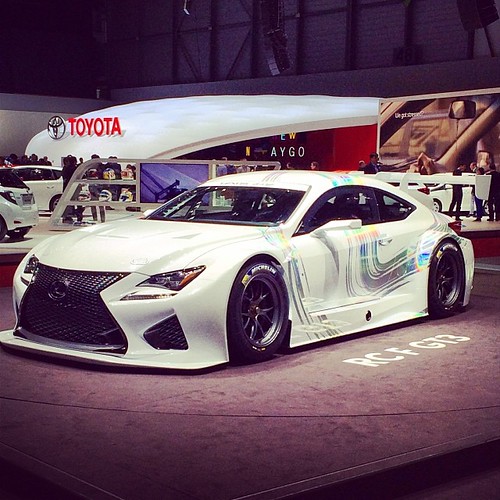
10. **Lowered Suspension with Clearance Issues**Conversely to lifted trucks, lowering a vehicle’s suspension for enhanced aesthetics or improved handling also comes with its own set of legal considerations. While a lowered stance can undoubtedly impart a sleek, aggressive look and potentially improve cornering, dropping a car too far can lead to significant functional and legal issues, particularly concerning ground clearance.
Decades ago, clearance laws were introduced to prevent vehicles from getting stuck on uneven roads or causing damage to public infrastructure such as speed bumps and driveway ramps. Cities and states have established minimum height requirements to ensure vehicles remain safe for street use and do not pose a risk to road surfaces or other vehicles. A car that scrapes its undercarriage frequently, or whose tires rub against the wheel wells, is not only at risk of damage but can also be flagged during routine traffic stops or safety inspections.
These laws are rooted in practical safety and infrastructure protection. Insufficient ground clearance can hinder emergency maneuvering, make accessing certain areas problematic, and even damage essential vehicle components, leading to dangerous failures. Enthusiasts pursuing a lowered look must carefully consider their vehicle’s minimum legal height and the practical implications for daily driving, ensuring their modification enhances, rather than compromises, safety and legality.
Read more about: Parking Showdown: 5 Urban Heroes That Forgive All Mistakes and 5 Challenging Cars That Lead to Parking Disasters
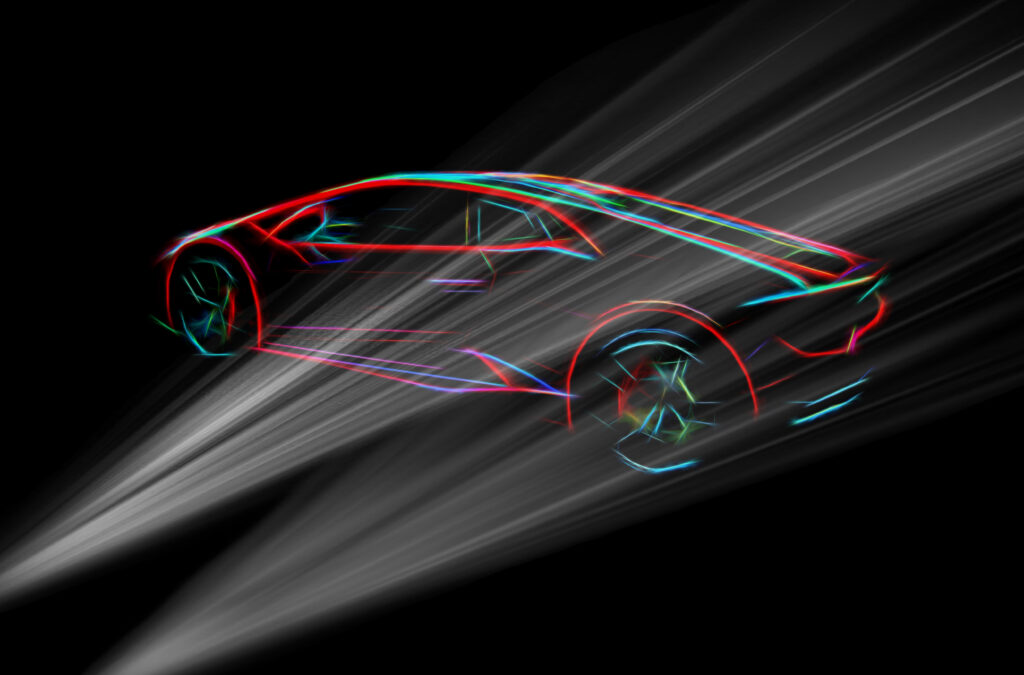
11. **Underbody Neon Lighting**Underbody neon lighting, a popular cosmetic modification, adds a distinctive glow beneath a vehicle, particularly striking at night. While these lights can undeniably enhance a car’s visual appeal, law enforcement nationwide often views them with skepticism, leading to specific regulations and bans. The primary concern revolves around the color of the emitted light and its potential to mimic emergency vehicles, causing confusion and hazard on the road.
Blue and red lighting, in particular, is almost universally prohibited for private vehicles while in motion, as these colors are exclusively reserved for law enforcement, fire, and emergency medical services. Using such colors on underbody lights can create a dangerous illusion, potentially delaying emergency responses or confusing other drivers, leading to unpredictable situations. This strict prohibition aims to maintain clear visual communication on public roads, ensuring emergency personnel are easily identifiable.
California, a state known for its comprehensive modification laws, explicitly bans neon lights beneath the chassis if they emit restricted colors while the vehicle is driving. However, if an enthusiast still desires this visual effect without legal hassle, static white or amber lights may be permissible, typically only when the vehicle is parked at car shows or private events. It is imperative to verify local ordinances, as the distinction between stationary and active use while driving is often the deciding factor in legality.
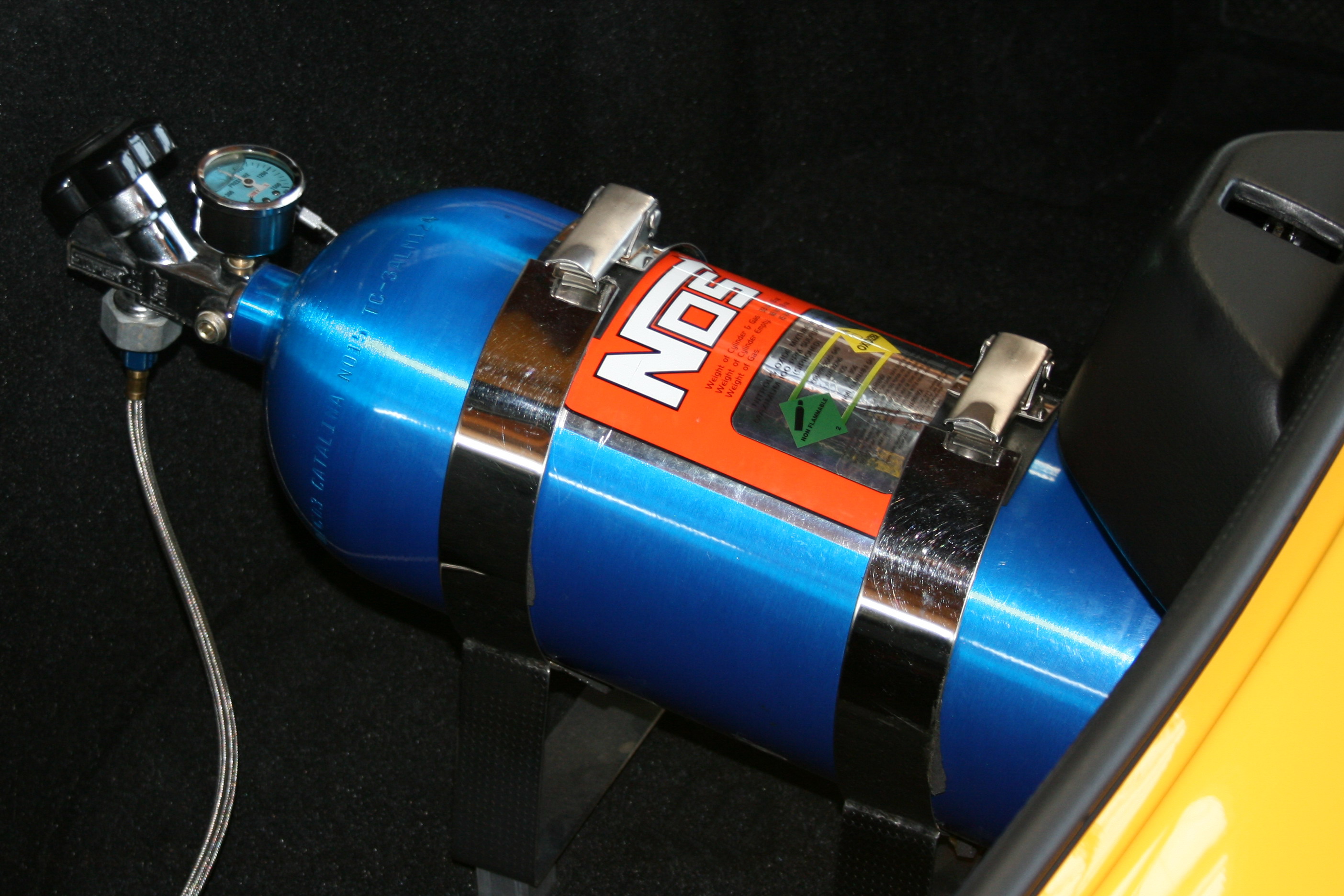
12. **Nitrous Oxide Systems**For those craving an exhilarating boost in performance, a nitrous oxide (NOS) system might seem like the ultimate upgrade, offering a temporary but potent surge of power. These kits are a common sight in racing circles, providing a competitive edge on the track. However, the legal landscape for NOS systems shifts dramatically once a vehicle leaves the racetrack and enters public roads.
While owning a nitrous oxide kit is not inherently illegal, its installation and readiness for use on public streets are heavily regulated. Merely having a bottle connected or the system operational can violate equipment laws in several states, including California and Texas. The enforcement focus often lies on whether the system is “hooked up” and capable of deployment, rather than just being present in the vehicle.
Authorities view active NOS systems on public roads as a significant safety hazard, promoting excessive speeds and potentially dangerous driving behaviors. The legal ramifications for non-compliance can range from substantial fines to more severe penalties, given the system’s role in altering a vehicle’s performance beyond standard street-legal specifications. Enthusiasts must ensure these potent performance enhancers are strictly confined to sanctioned track use and completely disconnected or removed when operating on public highways.
Read more about: Driving These 15 Oversized Pickups? Here’s What Environmentalists Secretly Think About You.

13. **Aftermarket Taillights**Customizing a vehicle’s rear lighting with aftermarket taillights is a popular way to achieve a unique aesthetic. However, unlike their factory-installed counterparts, many uncertified aftermarket versions fail to meet crucial visibility and safety standards set by regulatory bodies. These standards are in place to ensure that brake lights, turn signals, and running lights are adequately bright, properly colored, and visible from required distances, thereby preventing rear-end collisions and promoting clear communication among drivers.
When aftermarket taillights do not comply with these established visibility standards, they can lead to dangerous situations on the road. Dim or improperly colored lights, or those with erratic patterns, might not effectively signal a driver’s intentions to following vehicles, significantly increasing the risk of an accident. Consequently, law enforcement agencies actively monitor for non-compliant lighting, and vehicles equipped with uncertified taillights are frequent targets for citations.
Drivers caught with such modifications may receive a “fix-it ticket,” requiring them to replace the non-compliant lights with certified alternatives. Failure to do so can result in escalated fines or even the inability to pass a mandatory safety inspection. It is always advisable for car owners to ensure that any aftermarket lighting components are clearly marked as Department of Transportation (DOT) compliant and are installed correctly to avoid legal hassles and ensure maximum road safety.
Read more about: The Investment Fleet: Which 12 Vintage Chevys From the ’60s Just Skyrocketed in Value?
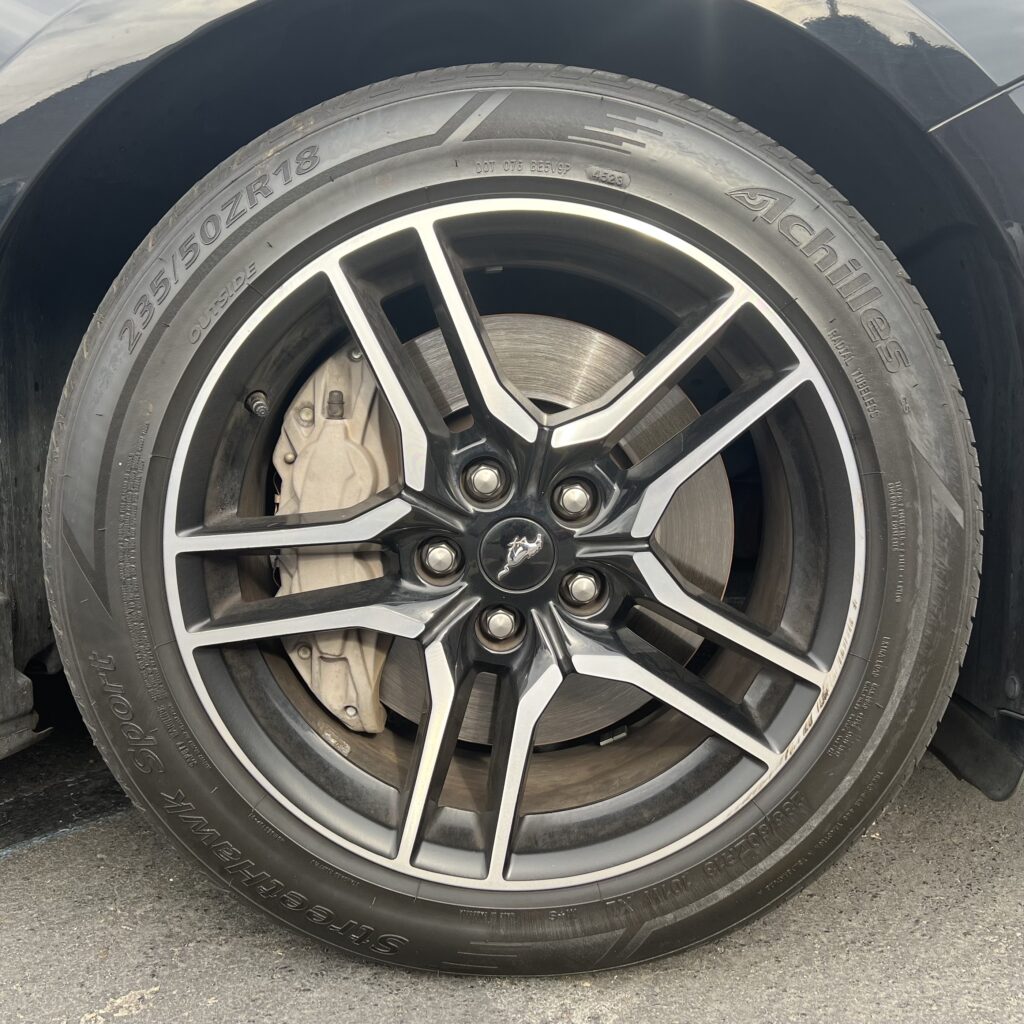
14. **Incorrect Wheel Fitment**Modifying a vehicle’s wheels and tires is a cornerstone of automotive customization, influencing both aesthetics and performance. Yet, the choice and fitment of these components extend far beyond visual appeal; they profoundly impact how a car handles, steers, and stops. Incorrect wheel fitment, such as wheels that push tires too far out from the fender or cause rubbing against the chassis, can severely compromise a vehicle’s safety and legality.
Laws governing wheel and tire fitment are designed to prevent setups that degrade control, damage the vehicle, or pose risks to other road users. When tires extend beyond the fender, they can spray road debris onto other vehicles, while rubbing against suspension components or bodywork can lead to premature tire wear or catastrophic failures. Modifications like extreme offsets or “stretching” tires (mounting a narrower tire on a wider rim) are particularly scrutinized.
These aggressive fitment choices not only compromise the structural integrity of the tire and wheel assembly but also significantly alter the vehicle’s geometry, negatively affecting steering response and braking efficiency. Such modifications can trigger examination failures during vehicle inspections and attract citations during routine traffic stops. For optimal safety and compliance, enthusiasts should always opt for wheel and tire combinations that maintain proper alignment, clearance, and handling characteristics.
Read more about: The Hidden Costs of Customization: 15 DIY Truck Upgrades That Can Plummet Your Resale Value
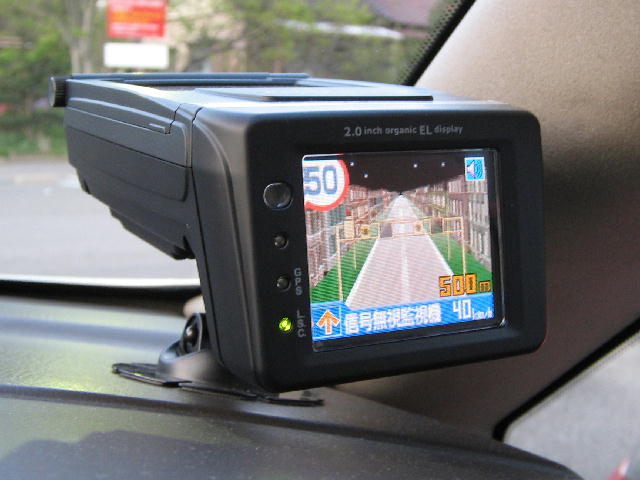
15. **Radar Detectors and Laser Jammers**In the continuous technological cat-and-mouse game between motorists and traffic enforcement, radar detectors and laser jammers represent sophisticated attempts to avoid speeding tickets. These devices alert drivers to the presence of police radar or disrupt laser-based speed measurement. While their use is a point of contention, laws targeting them were introduced to reduce speeding and enhance road safety, based on the belief that these tools encourage drivers to exceed legal limits without consequence.
Federal restrictions already prohibit the use of radar detectors in commercial vehicles, highlighting a national stance against devices that circumvent traffic law enforcement. Furthermore, several states and jurisdictions have enacted full bans on radar detectors for all vehicles, with Virginia and Washington, D.C., being notable examples of such proactive enforcement. Laser jammers, which actively interfere with police speed guns, are often viewed even more unfavorably and are widely illegal.
California explicitly includes radar detectors and laser jammers in its extensive list of banned cosmetic and functional modifications, underscoring the seriousness with which these devices are treated. The rationale behind these prohibitions is clear: to ensure drivers adhere to posted speed limits, thereby promoting safer roads for everyone. Motorists utilizing such technologies risk not only fines but also the confiscation of their devices and additional penalties, making them a costly and potentially illegal investment.
Read more about: Navigating the Automotive Minefield: Essential Car Accessories That Actually Save Lives (and the Gimmicks to Avoid)
As we’ve journeyed through this comprehensive list of commonly banned car customizations, a clear directive emerges for every automotive enthusiast: knowledge is your most powerful tool. The passion for personalizing your ride is a core element of car culture, but navigating the diverse and often strict legal landscapes across US states requires diligent research and responsible decision-making. Whether you’re considering a subtle aesthetic tweak or a significant performance upgrade, understanding local, state, and even federal regulations is paramount. Don’t let a dream modification turn into a legal nightmare. By staying informed and choosing compliance, you can ensure your customized vehicle remains a source of pride on the open road, not a magnet for penalties.



